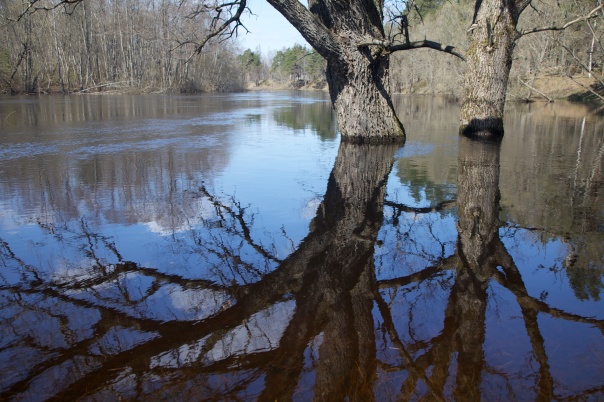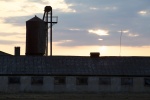Blog Archives
EOS 5d mk II vs Incredible S
Just for fun, here is very unscientific comparison between EOS 5d mk II and HTC Incredible S phone. EOS 5d mk II was equipped with Canon EF 24-105mm f/4 L IS USM Lens and HTC Incredible with Vignette app. Fair comparison I would say.
Both images were converted to same size and inserted here. Naturally differeces are immediately clear, HTC picture has some noise visible even in this broad daylight shot, then again Vignette has been used to make the HTC picture at least look different.
All in all, these “cameras” clearly are for different use, but still I would bravely say that mobile cameras can these days already very well be used for snapping at least if combining it with app like Vignette to add some filters to pictures.
So, then the result. Phone gets a point for being always with you, and other point from good selection of photography related apps. EOS 5d mk II gets a points from picture quality and other one from better viewfinder. So official unscientific result is 2-2 Draw. Both camers still have their uses at least for me.
Playing with the depth of field
Selecting the right depth of field for photos is one of the constant topics being discussed. I have here one examples of same scene with 2 extreme full settings, one taken with F2.8 and other with F32. I tend to prefer the one with less depth of field (taken wth F2.8).
Photo is taken with Canon EOS 5d Mark II and EF 100mm f/2.8L Macro IS USM.
Polarizing filter and reflection on the water
I this experiment I was trying to study how much polarizing filter does impact reflection on the water. These 2 images are taken seconds from each other, both with circular polarizer attached but I turned the filter between the shots. Results seems to be quite clear here.
In this first one you can clearly see thru the water. Effect of polarizer is used to reduce the reflection as much as possible. And in the second one only reflections are visible:
Creating HDR like effect on sunset image
I have tried to create HDR like effect by 3 simple adjustments to original image. Adjustments made were:
- Decreasing exposure by -0.5 full stops
- Lightening the shadows by 31 units
- Increasing image temperature by 1500 degrees (well, not needed for HDR effect, but was appropriate here otherwise)













